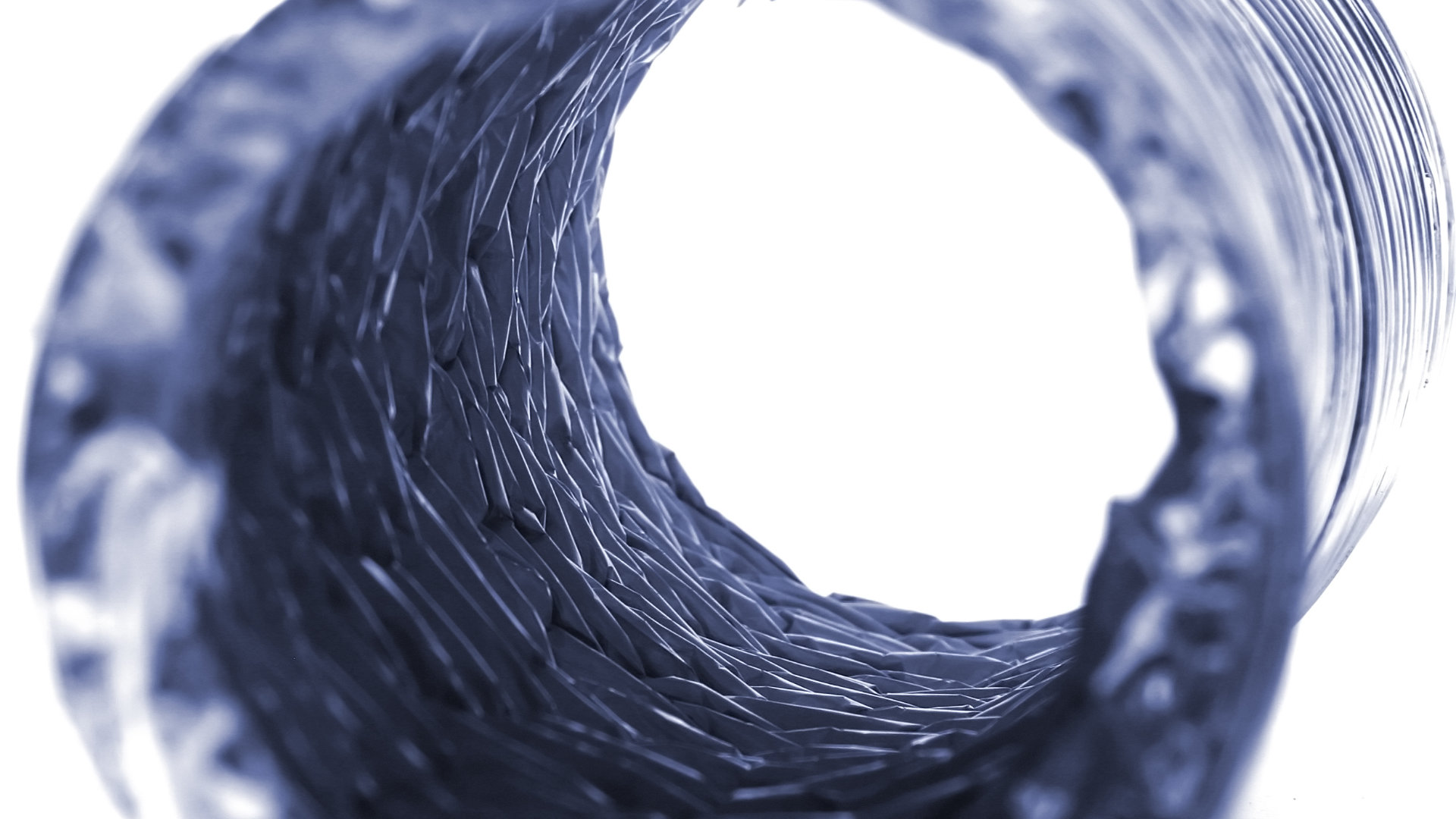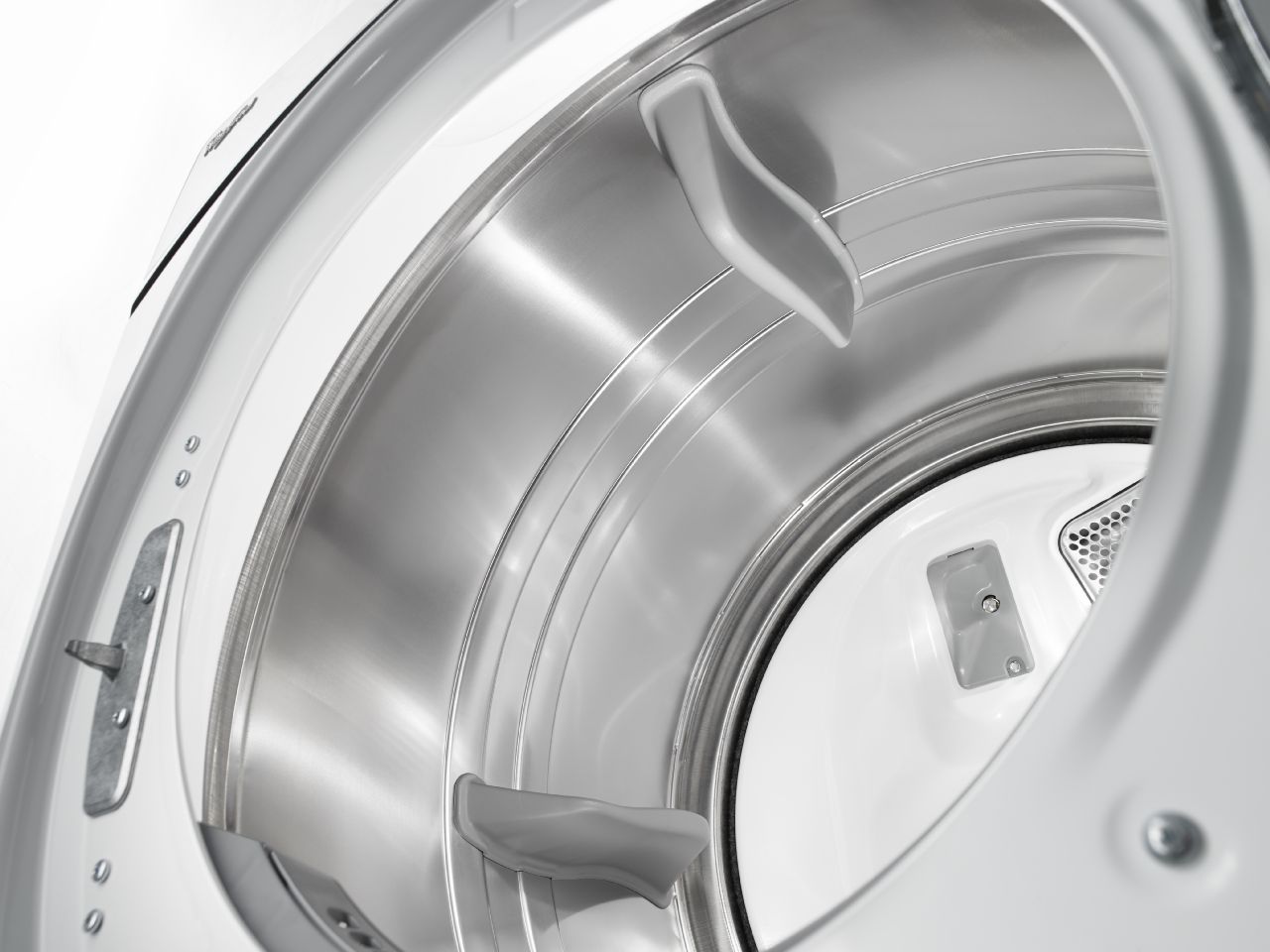
Household appliances make our lives easier. They turn check-lists that would normally consume large portions of our day into quick and easy tasks that can be checked off without much thought. But they aren’t without their complications and setbacks. One issue you might come across with your whirlpool dryer is that, instead of blowing hot air as it should, it blows cold.
If You Hear Hooves, Think Horses
“If you hear hooves, think horses, not zebras.” It’s a fairly common saying that simply means, often times the simplest explanation is the correct one. Obviously that’s not always the case. Wouldn’t it be great if it were? But, it’s always best to check the easiest solution first, just in case. The simplest explanation for why your dryer is not getting hot is that you have a partially tripped circuit breaker.
Dryer motors operate at 120 volts, but the heating element needs 240 volts to operate properly. Most people don’t think to check the breaker if the dryer itself is still running. But the heating element needs both hot legs on the breaker to be open. If only one trips opens, the dryer will run but will not heat. So, if your dryer is running fine apart from faulty heating, reset your breaker before diving into more complex solutions. You could end up saving yourself a lot of time and stress with this simple solution.
Know What You’re Working With
If a tripped breaker is not to blame, you’ll need to continue searching for the problem. Most dryer owners are not dryer experts. Their knowledge of dryers includes how to turn it on and which cycle to use. If that’s where your dryer knowledge stops, you’ll need to gather some information before you start trying to fix your dryer.
Most Whirlpool dryers have a schematic wiring diagram glued to the back of the dryer or inside the dryer’s cabinet. If it’s neither of those locations, check the control panel. If your Whirlpool dryer doesn’t have this wiring diagram, you’ll need to download one. It should be easy to find from the manufacturer’s website. But you shouldn’t move forward until you’ve procured this information.
Heating Element
If you have an electric Whirlpool dryer, the cause of your problems might be a faulty heating element. This part of your dryer consists of a metal chamber that houses a coil of heating wire. Electricity heats this wire, and then air flows through the chamber. This air, if everything is working correctly, then becomes hot, and that’s how your clothes are dried. If you think this might be the source of your problems, unplug your dryer and use a multi-meter to see if it’s not heating properly. You can find the heating element behind the front or rear panel of your dryer.
Thermostat Issues
Depending on the model of your Whirlpool dryer, there are at least two thermostats in the heating element circuit. The first is a high-limit thermostat. It’s there for safety, to prevent your dryer from reaching unsafe temperatures. Your high-limit thermostat might be a thermal fuse. This fuse can burn open, causing the dryer to blow cold instead of hot air. These fuses can not be reset. You’ll have to replace it.
The other thermostat is a cycling thermostat. It’s in charge of the on and off of the heating element, controlling when and if your dryer emits hot air to dry your clothing. This crafty piece of equipment is extremely useful unless it gets stuck in the open position. If this happens, you guessed it, the dryer will only blow cold air.
If you realize you have to replace the high-temperature thermostat, it’s smart to replace the cycling one at the same time. Because of the high-temperature thermostat is malfunctioning, it’s likely because of the cycling thermostat. The problem, then is not that it’s stuck in the open position, but that it’s stuck in a closed one. This causes the opposite problem than when it’s open, causing the dryer to get too much heat and become unsafe.
Burned or Broken Igniter
Gas-heated dryers are a bit more complicated. They have the same thermostats found in electric dryers and mentioned above, but gas dryers have additional components that could be the source of your problem. The first thing you should check is the igniter. This fragile part of your dryer will glow until the radiant sensor opens the gas valve, and then it will ignite the gas. The best way to check to ensure this part is functioning correctly is to unplug your dryer, remove the burner assembly, and carefully examine the igniter for breaks or white or yellowish signs of burning. If your igniter appears burned or broken, it will need to be replaced.
Radiant Flame Sensor
The radiant flame sensor’s job is to detect heat that comes from the burner flame or the igniter. The detected heat signals the valve to open. When you have a broken sensor, it prevents the valve from receiving the signal to open, thus preventing heat to reach the inside of your dryer and effectively dry your clothes. If you notice that your dryer’s igniter is failing to receive the signal from the sensor, unplug your dryer and use a multi-meter to check the sensor for continuity. If your igniter is always aglow, but the gas valve won’t open, the sensor is malfunctioning and will need to be completely replaced.
Gas Control Valve
If your dryer is producing some heat but not enough to efficiently dry the clothes, you may be looking at a gas control valve issue. The gas valve, when working properly, receives power from the circuit of the igniter and flame sensor, which will power the coils of the valve and allow the valve to open and heat to flow into the burner, at which point the gas ignites, and the dryer heats up. But if this process is interrupted, the igniter will glow but ultimately extinguish itself before a flame could be ignited. Or the valve would start to do its job, heating the dryer to a point, before stopping and leaving the clothes only partially dry.
Coils
Current gas dryer burner valves use coils to function. The heating circuit controls these coils, which can be located at the top of the gas valve. If the coils become defective, it brings all heating to an abrupt stop. Again, this could be the cause of your heating problem if your dryer is generating some heat but not enough. The reason is, that the coils might function correctly when they’re cool, at the beginning of a drying cycle, but abruptly stop when they begin to warm up. To check the coils, unplug the dryer and use your multi-meter to check their continuity.
It can be frustrating when you put your clothes into the dryer, run it, and then find that they’re still wet. If you’re experiencing problems with your dryer receiving no heat, or inefficient heat, and you need help locating or fixing the issue, please contact us today.

How to Clean Front Load Washer Mold (In 5 Steps)

How Long Do Ovens Generally Last?

Refrigerator Leaking Water Inside? Here’s Why
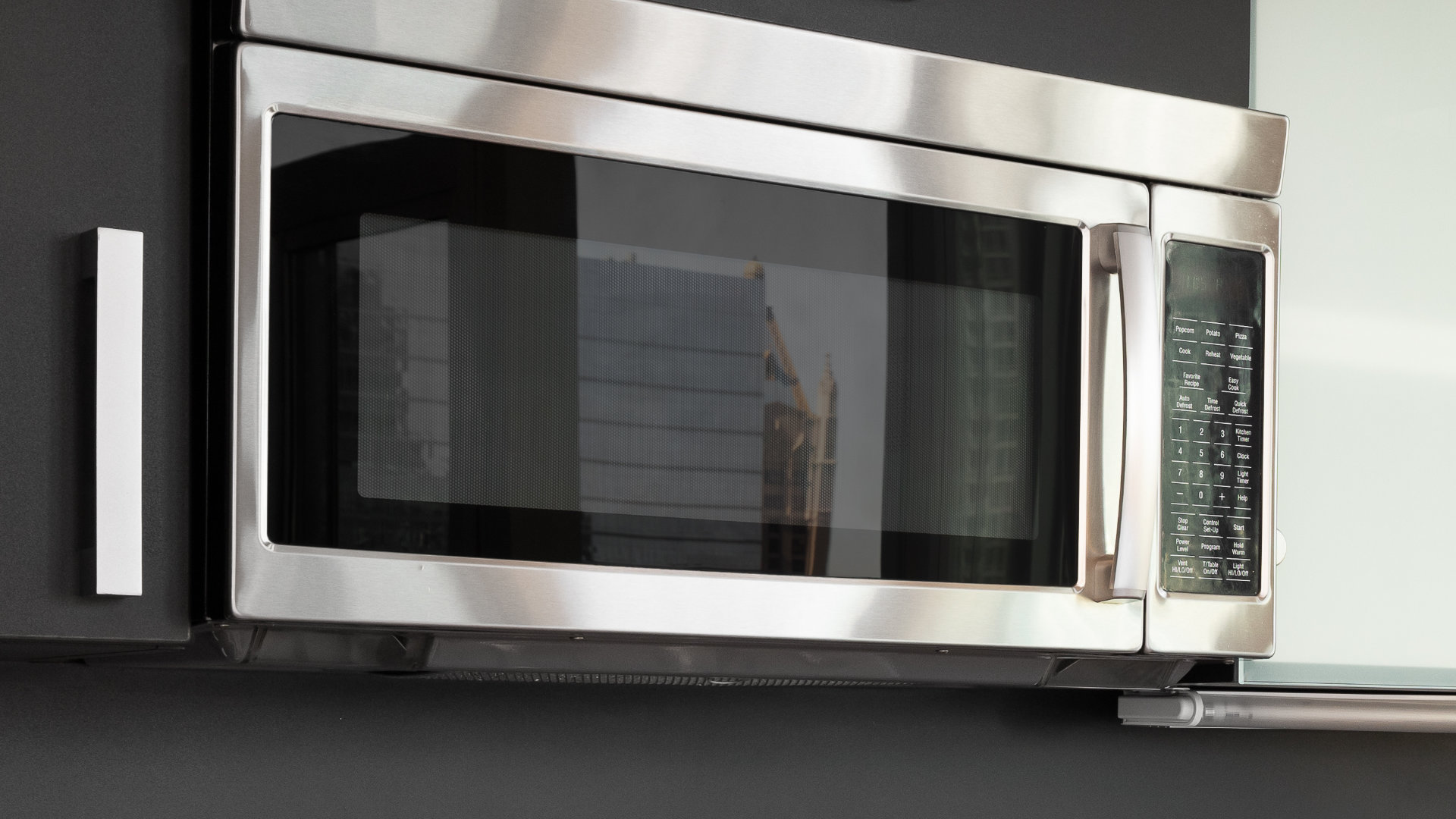
Your Guide to Whirlpool Microwave Replacement Parts
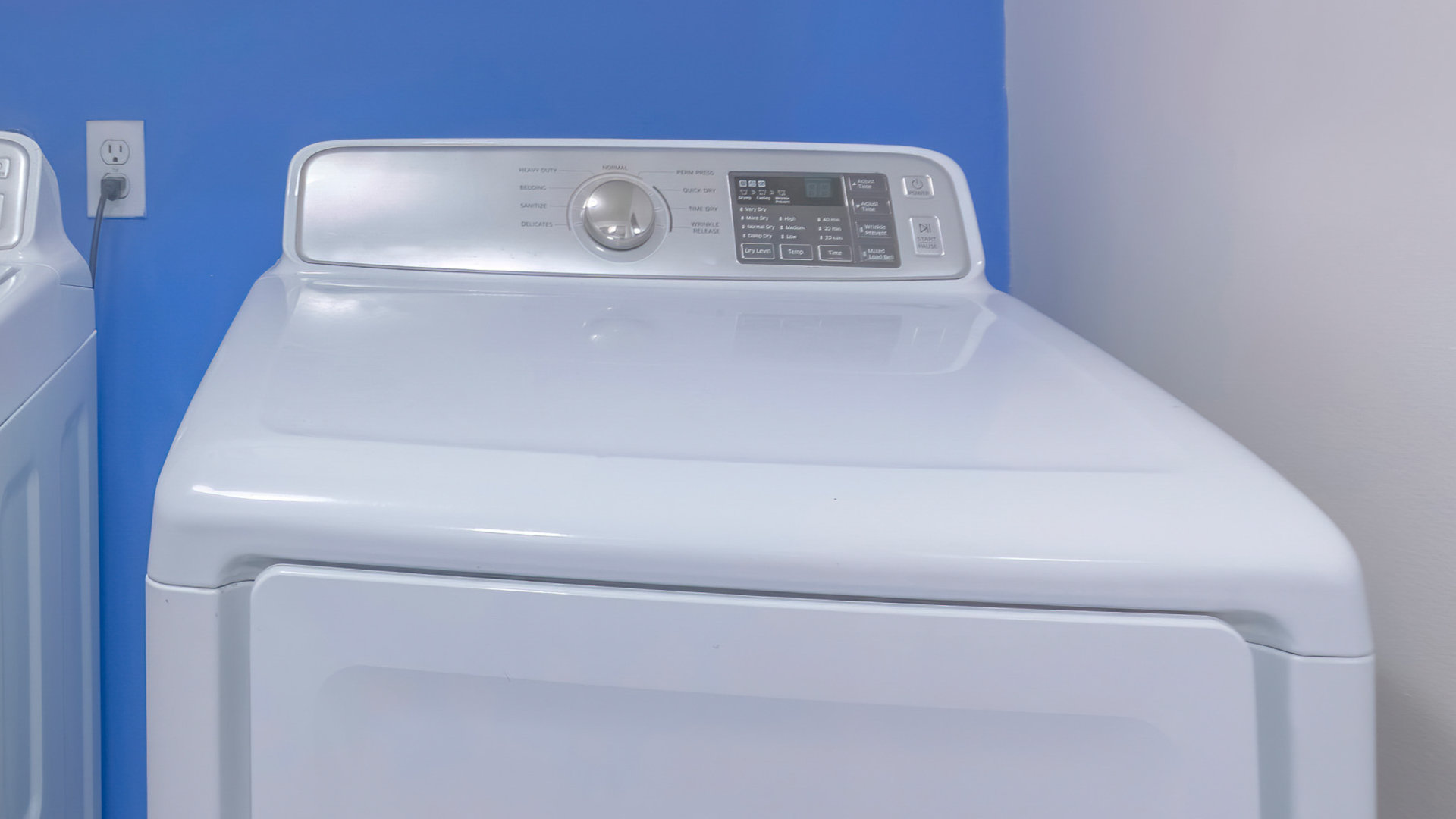
What to Do When Your Kenmore Dryer Won’t Start
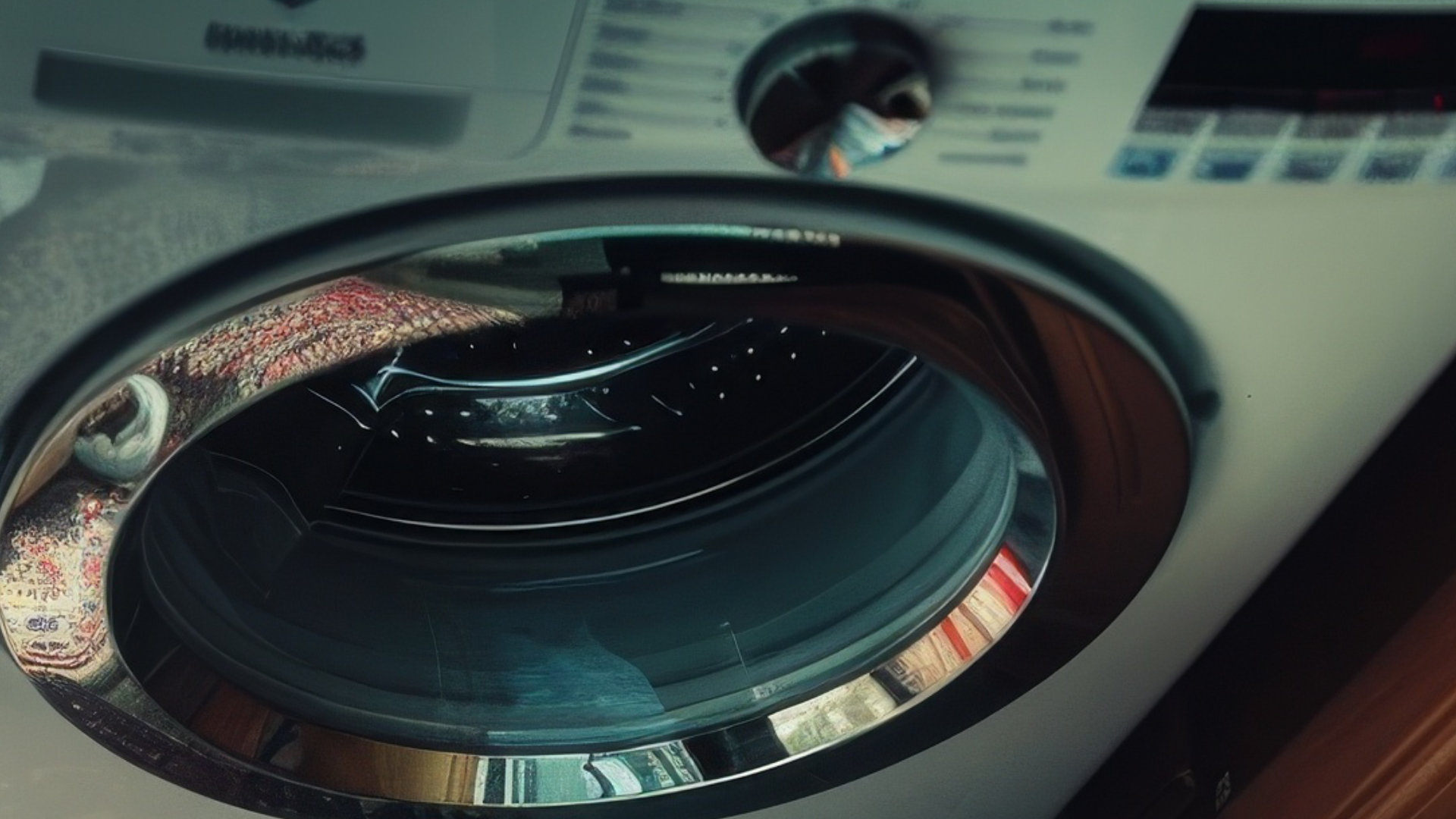
How to Resolve the LG Washer LE Error Code
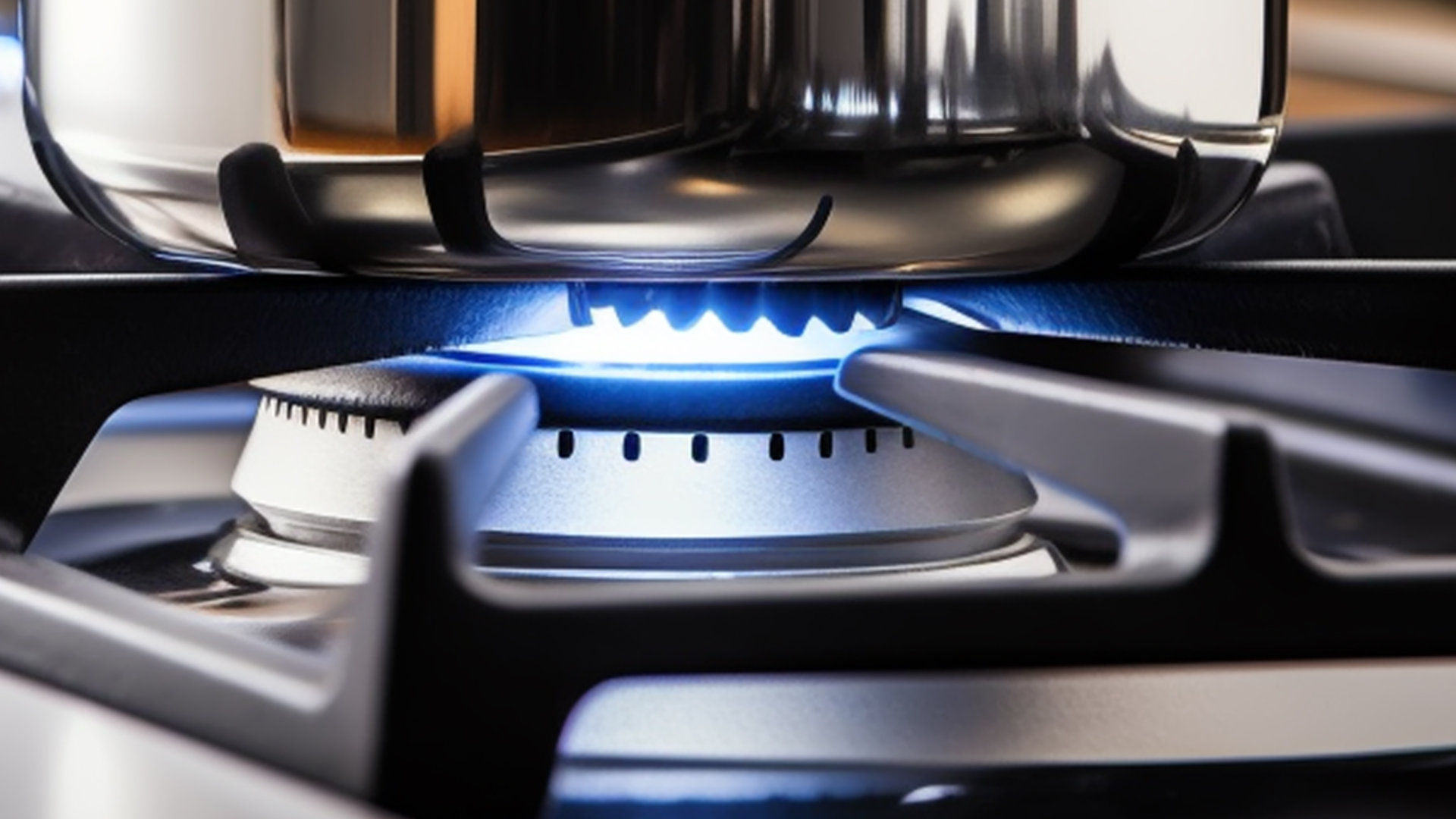
Why Does My Oven Smell Like Gas? Causes and What to Do
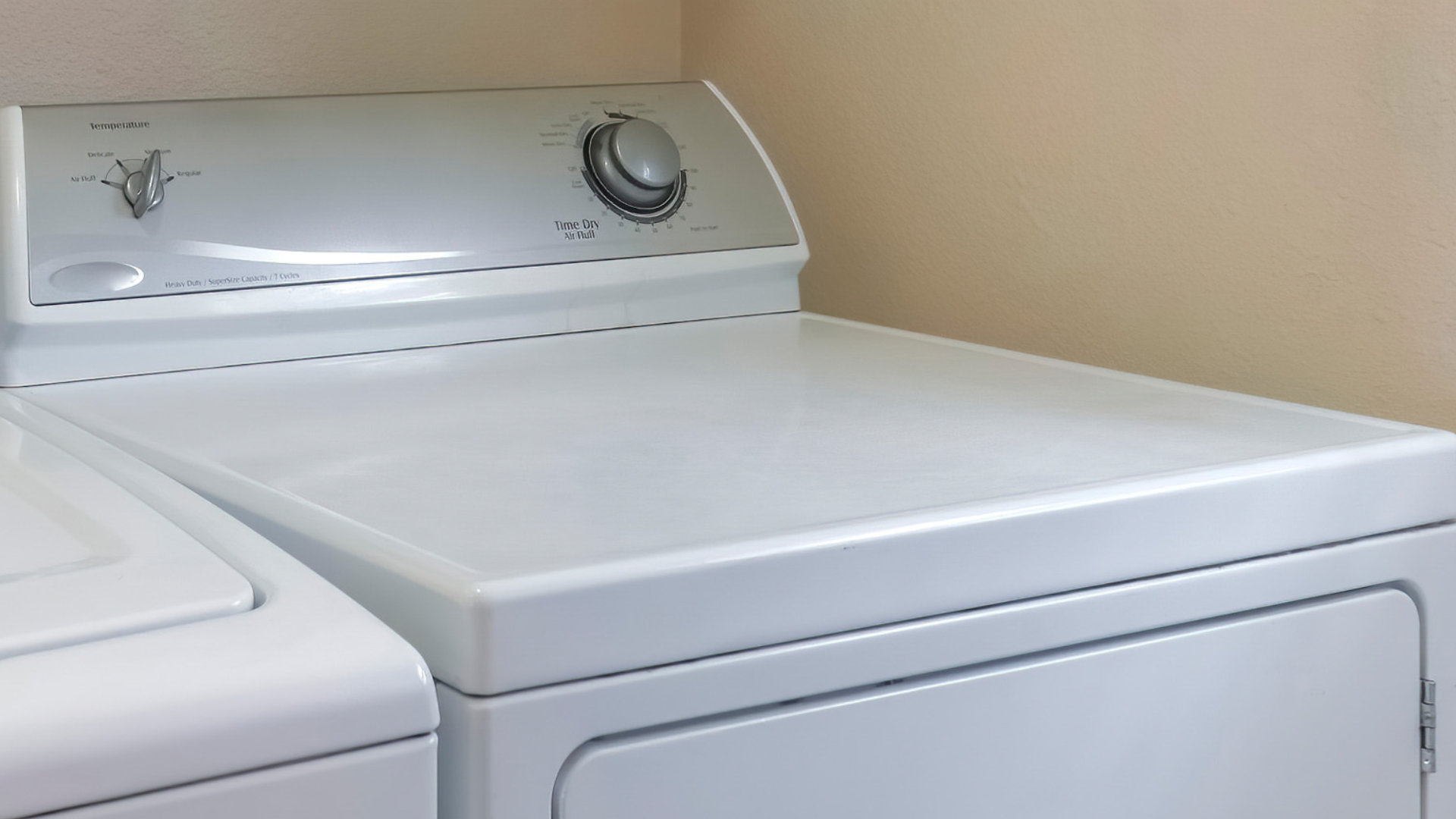
Maytag Dryer Not Heating? Here’s How to Fix It
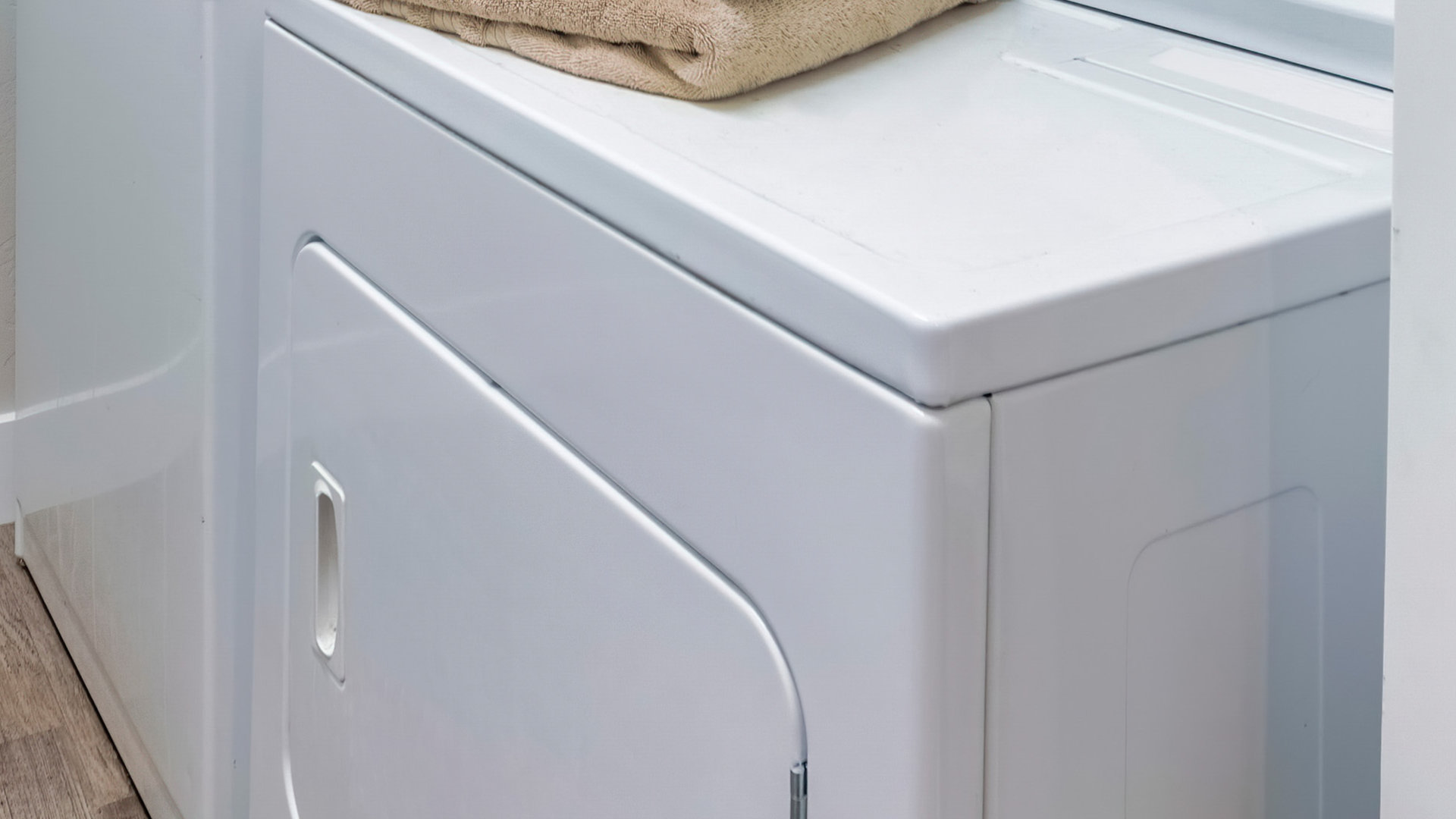
6 Common Reasons Your Speed Queen Dryer Isn’t Heating
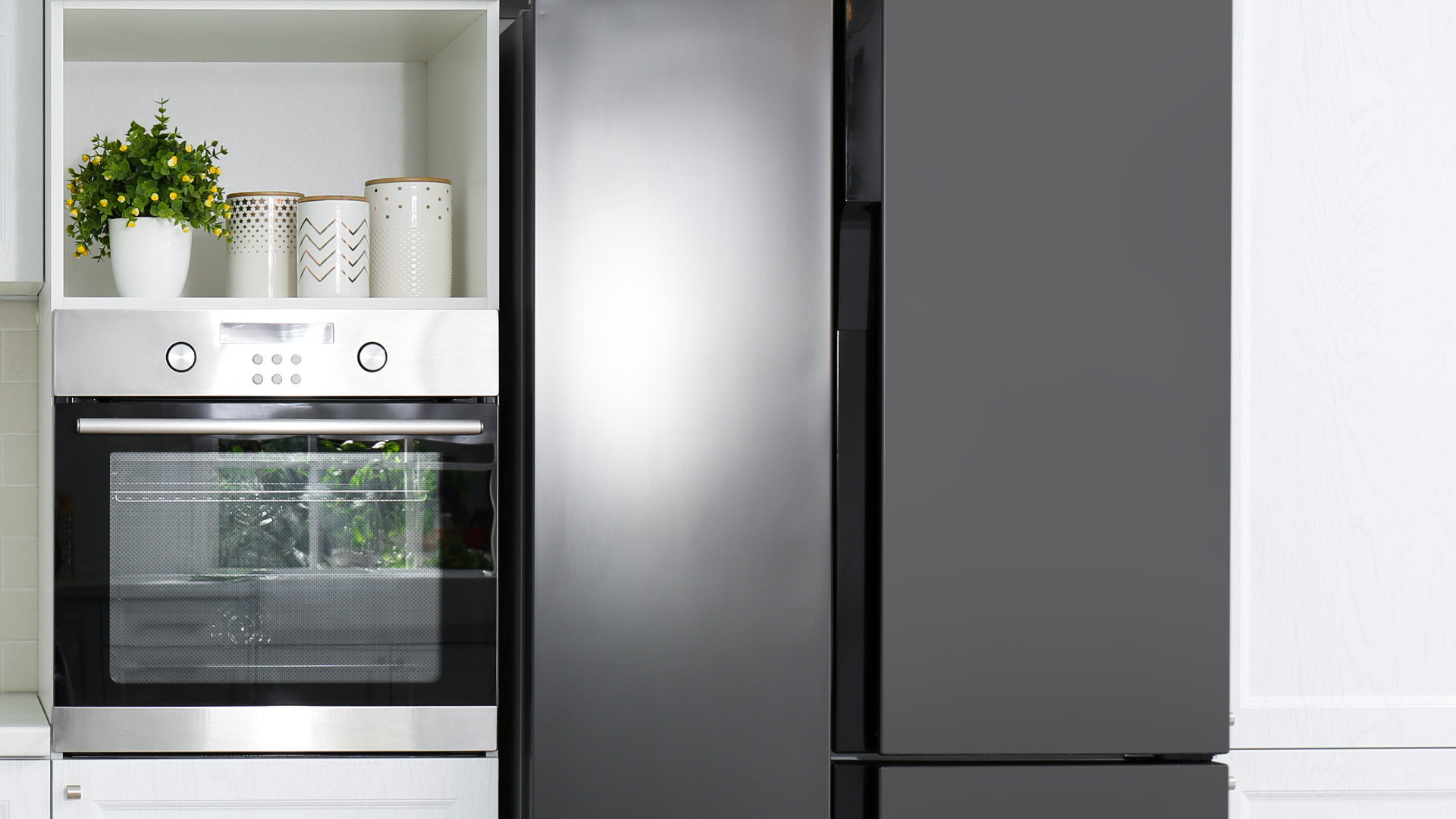
8 Reasons Your Samsung Refrigerator Is Not Cooling
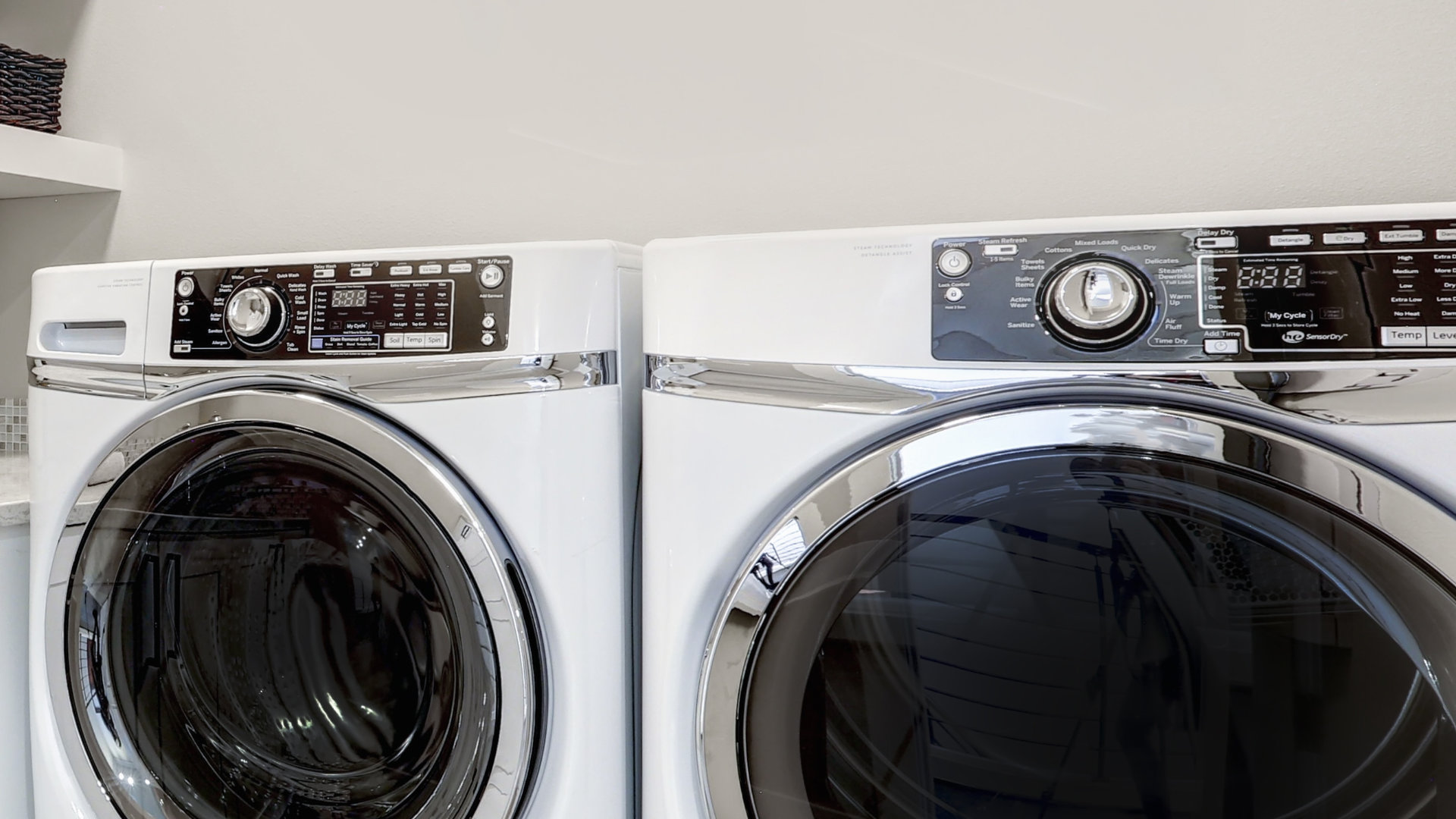
9 Most Reliable Washer and Dryer Brands
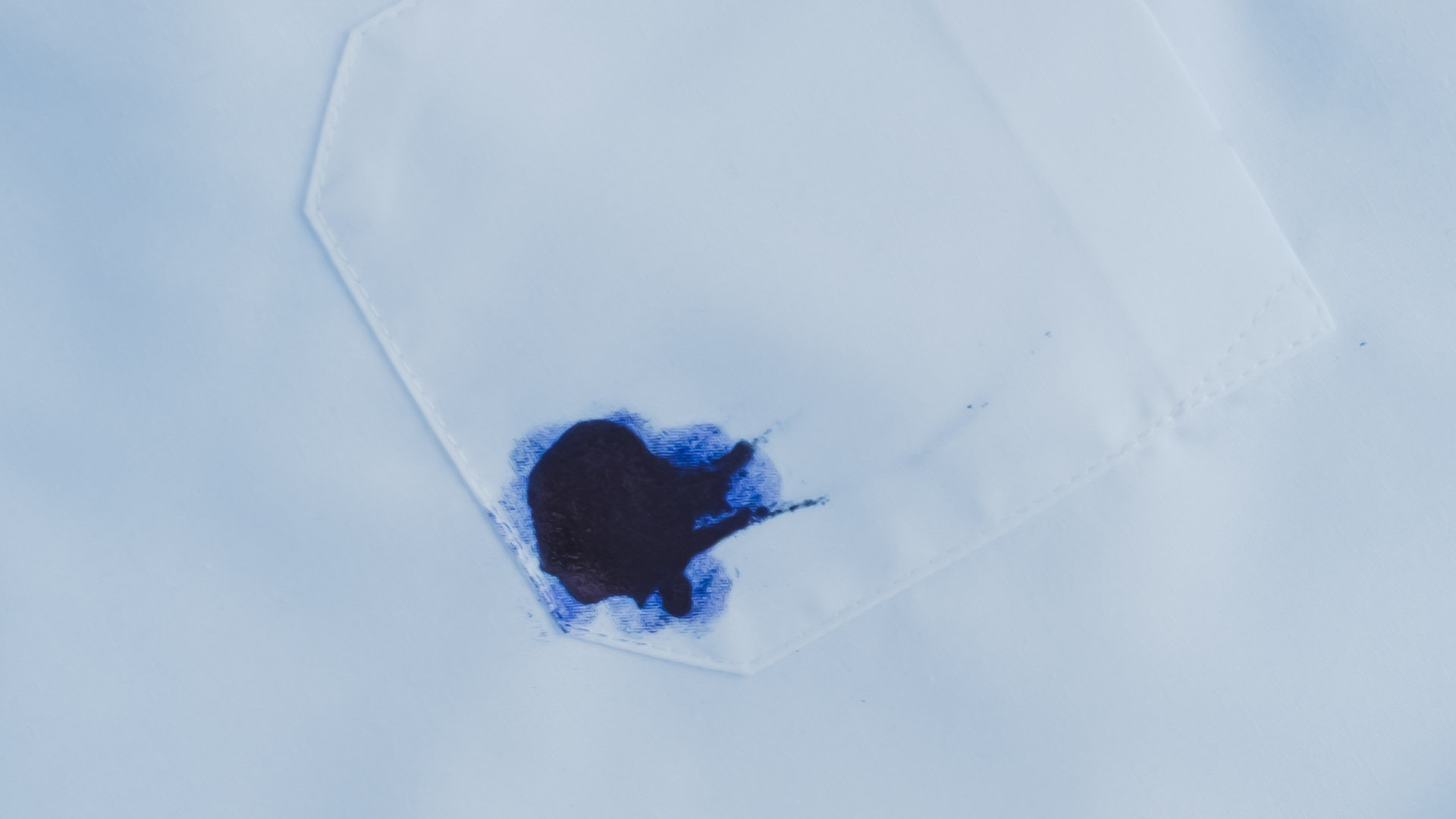
How to Get Ink out of Your Dryer the Easy Way

Why Is My Fridge Making Noise That Stops When the Door Is Open?
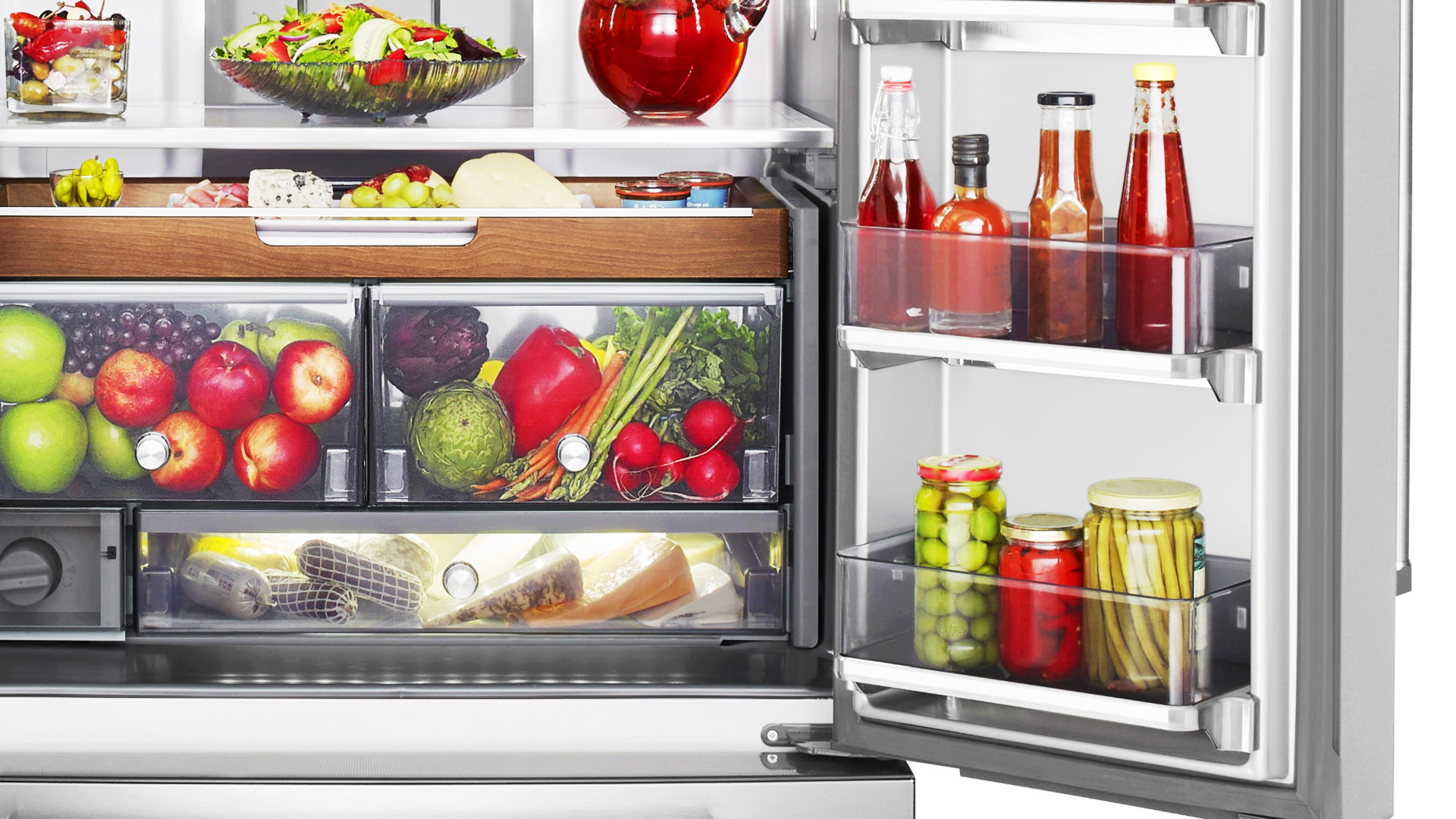
Frigidaire Refrigerator Error Code H1: Causes & Solutions
